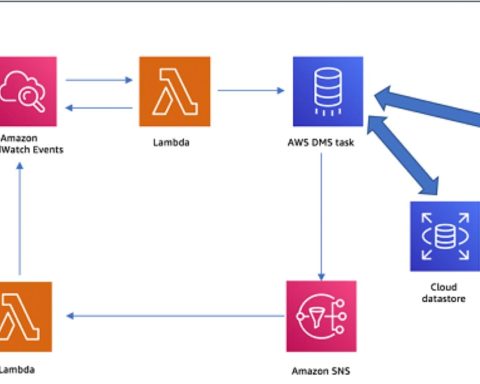In the world of electrical distribution, there’s a crucial component that often goes unnoticed but plays a pivotal role: bus bars. These unassuming strips of metal serve as the backbone of electrical systems, facilitating the flow of electricity from power sources to various devices and circuits. In this article, we explore the significance of bus bars in electrical engineering.
Conducting Electricity: The Basics of Bus Bars
At its core, a bus bar is a metallic conductor that serves as a path for electrical current to travel. It’s typically made from materials such as copper or aluminum, chosen for their excellent electrical conductivity. Bus bars come in various shapes and sizes, depending on the specific application and current-carrying capacity required.
Distribution Hub: Powering the Grid
One of the primary roles of bus bars is to serve as a distribution hub. In power distribution systems, electricity from generators or transformers is channeled through bus bars to various circuits and loads. This centralized distribution ensures efficient and controlled delivery of electricity.
Reducing Wiring Complexity: Streamlined Connections
Bus bars simplify the electrical layout by reducing the need for extensive wiring. Instead of running individual wires from the power source to each device, bus bars allow for a more organized and efficient connection. This not only saves space but also minimizes the risk of loose or tangled wires.
Heat Management: A Critical Function
In high-current applications, heat management is a critical concern. Bus bars play a significant role in dissipating heat generated by electrical resistance. They are often designed with cooling mechanisms, such as fins or cooling plates, to ensure that they can handle the heat generated during operation.
Safety and Reliability: Ensuring Proper Connections
Reliability and safety are paramount in electrical systems. Bus bars are carefully designed and manufactured to ensure secure and stable connections. Proper insulation, grounding, and protective enclosures are essential elements that contribute to the safety and reliability of bus bars.
Customization for Specific Needs: Tailored Solutions
Bus bars are highly adaptable and can be customized to meet the specific needs of various applications. Whether it’s a compact bus bar for a control panel or a massive bus bar system for a data center, engineers can design and configure bus bars to fit the requirements of the project.
Versatility in Industries: Ubiquitous Applications
Bus bars find their place in a wide range of industries. From industrial facilities and power plants to telecommunications and renewable energy installations, they are ubiquitous in electrical systems that require efficient current distribution.
Environmental Considerations: Sustainable Choices
As the world moves toward sustainability, the choice of materials for bus bars becomes increasingly important. Aluminum, in particular, is favored for its lightweight and recyclable properties, aligning with eco-conscious initiatives in electrical engineering.
Conclusion: The Hidden Heroes
Bus bars may not be the most glamorous components of electrical systems, but they are undoubtedly the hidden heroes that enable our modern world to function. Their role in efficient current distribution, heat management, and safety cannot be overstated. As technology advances and the demand for reliable electricity grows, bus bars will continue to play an essential role in powering our lives, quietly working behind the scenes to ensure that electricity flows where it’s needed, safely and reliably.






